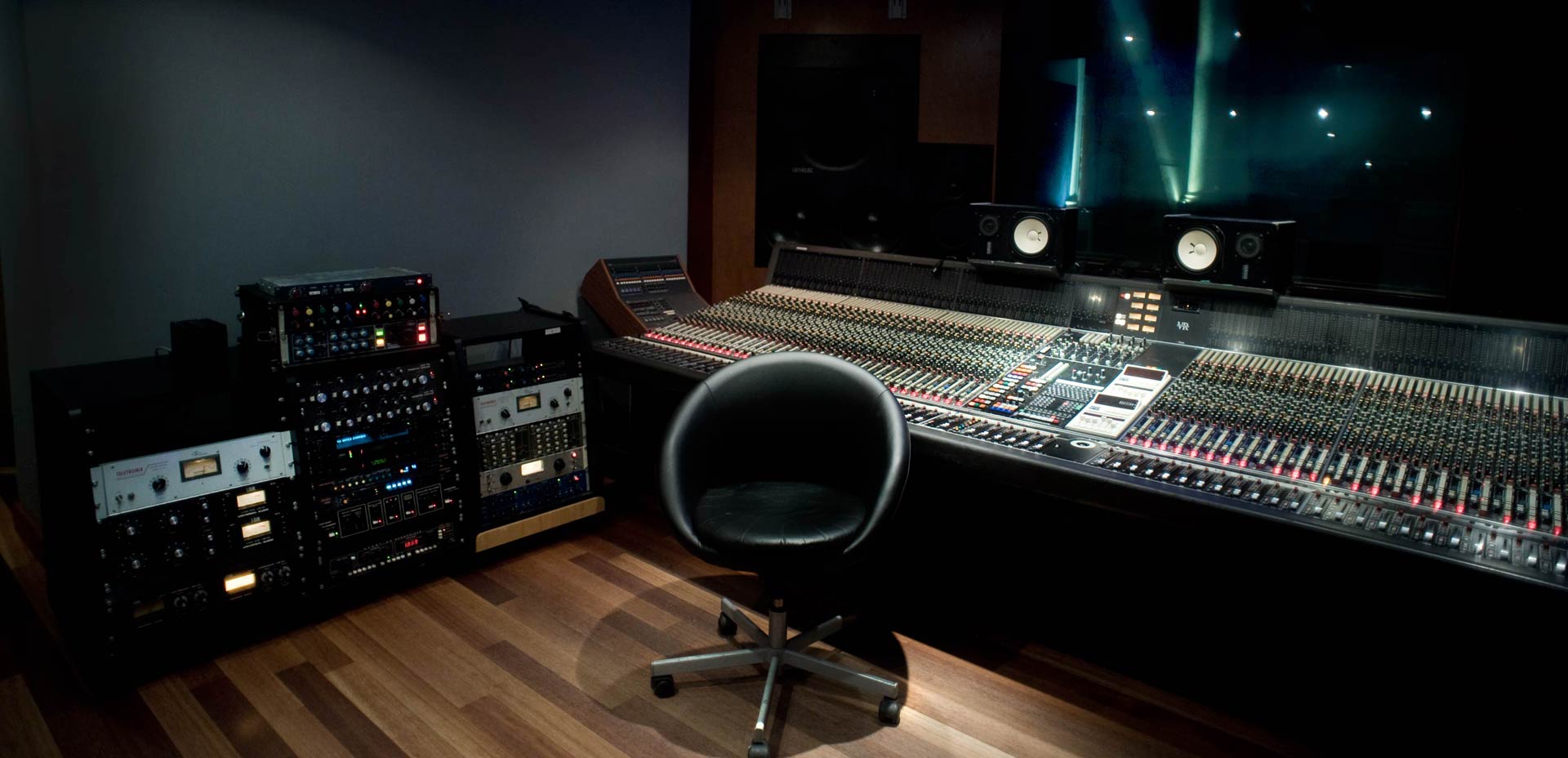Creating superior quality music is an art, it heavily relies on science—particularly the science regarding sound. For songs producers, sound designers, and recording performers, understanding the importance associated with acoustic treatment inside your studio is essential. Without it, the particular most expensive products can't deliver accurate sound. This blog post dives deep into why traditional treatment is vital, what problems this solves, and how you can approach that to elevate your audio production.
The Fundamentals of Tone
Comprehending Sound Surf
To appreciate the influence of acoustic therapy, you need to grasp the basics involving acoustics. Sound dunes are vibrations that travel through the particular air (or any medium) and achieve our ears. These kinds of waves may be reflected, absorbed, or dissipated depending on typically the surfaces they encounter.
Reflections and Their particular Effects
When audio waves hit a surface, they could jump back into the room, creating reflections. These reflections can easily hinder the original sound, causing distortions that affect what you hear. Focusing on how reflections work is crucial for effective traditional treatment.
The Role of Absorption
Consumption involves materials that soak up audio waves, preventing these people from bouncing back again and causing glare. This is particularly important in some sort of recording studio exactly where clarity is key. By absorbing undesirable reflections, you can achieve a cleaner, better sound.
Common Issues in Untreated Galleries
Standing Waves
Just about the most common issues in untreated studios will be standing waves. These occur when sound waves bounce involving parallel surfaces, increasing certain frequencies plus creating uneven appear distribution. This can make mixing the nightmare as just what you hear might not be an accurate representation of the recording.
Flutter Echoes
Flutter echoes are rapid, repetitive reflections that occur in small, untreated rooms. They can help to make recordings sound tough and can be particularly troublesome for vocals and high-frequency instruments. Getting rid of flutter echoes is essential for attaining a professional audio.
Bass Build-Up
Low-frequency sounds are challenging because they are likely to build up in corners and alongside walls, creating a colorless sound. Bass barriers are often used to absorb these low frequencies, ensuring a balanced noise across all consistency ranges.
Types of Acoustic Treatments
Striped bass Barriers
Bass blocks are necessary for controlling low-frequency build-up. These types of are typically placed in corners wherever bass build-up is most severe. By soaking up low frequencies, striped bass traps help create a more balanced plus clear sound.
Diffusers
Unlike absorbers, diffusers scatter sound surf in different directions. This helps to split up reflections with no completely deadening typically the room. Diffusers in many cases are used in bigger studios to preserve a natural, lively sound while even so controlling reflections.
Absorbers
Absorbers are used to take in mid-to-high-frequency sound waves. These kinds of are usually built from foam or perhaps fiberglass and are usually strategically placed about the room to get rid of reflections and boost clarity. Absorbers usually are critical for producing an accurate listening atmosphere.
DIY vs. Expert Installation
Pros regarding DIY Acoustic Remedy
DIY acoustic remedy can be a cost-effective answer for the people on the budget. With several research and work, you can develop a significant improvement in your studio's acoustics. There are numerous resources available of which guide you through the process of creating and installing your own own acoustic panels.

Cons of DO-IT-YOURSELF Acoustic Treatment
While DIY solutions can help you money, they often lack the finely-detailed and effectiveness regarding professionally installed treatments. Incorrect placement or inadequate materials can easily lead to poor results, leaving a person with persistent traditional issues.
Benefits associated with Professional Unit installation
Hiring a professional makes certain that your acoustic aligners are tailored to your current studio’s specific wants. Professionals use specialised tools and understanding to measure the room’s acoustics and even install treatments of which provide the best noise quality. While it’s a larger advance investment, the extensive benefits may be considerable.

Case Studies plus Examples
Studio Just before and After Remedy
Consider Studio Some sort of, a mid-sized recording studio that had trouble with bass build-up and flutter echoes. Before treatment, typically the recordings sounded muddy and uneven. Right after installing bass tiger traps and diffusers, typically the studio experienced the dramatic improvement within high quality, resulting in clearer mixes plus happier clients.
Client Testimonials
Jane Doe, a recording performer, noted, "The variation was night and day. Prior to Music studio trends , I had to figure at the mix levels, but now I can have confidence in what I’m hearing. " John Smith, a sound industrial engineer, added, "Investing inside professional acoustic treatment has been the best selection for my facility. My clients will be happier, and my work is even more efficient. "
Measurable Improvements
In Studio B, acoustic proportions before and after treatment showed the significant decrease in ranking waves and superior frequency response. These kinds of measurable improvements translated to better sound quality and more precise recordings.
The Financial Expense
Initial Expenses
The first cost involving acoustic treatment can easily vary widely using the size of your own studio and typically the complexity in the problems you're facing. DIY solutions can begin at a few 100 dollars, while qualified installations can range into the thousands.
Long-Term Benefits
Regardless of the initial investment, the long-term benefits of acoustic treatment are worth it. Improved sound quality potential clients to better recordings, which can appeal to more clients and even opportunities. Additionally, the well-treated studio can save you time and frustration, making your production process more useful.
Cost vs. Sound mixing
When considering hearing treatment, it’s important to weigh the expense from the potential advancements in quality. High-quality acoustic treatment not only enhances your own recordings and also gives value to your facility, making it an even more attractive option regarding clients.
Conclusion
Investing in acoustic remedy is essential with regard to any serious music producer, sound industrial engineer, or recording artist. By learning the essentials of acoustics in addition to addressing common concerns like standing surf, flutter echoes, plus bass build-up, you can greatly increase the quality of your current recordings. Whether you choose a DIY approach or select for professional assembly, the benefits of acoustic treatment significantly outweigh the costs.
With regard to those ready to be able to take their studio one stage further, exploring specialist acoustic treatment choices is a smart investment. Not only can it improve your own sound quality, nonetheless it will also enhance your reputation and even client satisfaction. Check out our website intended for product recommendations in addition to expert advice upon achieving the ideal sound in your own studio.
